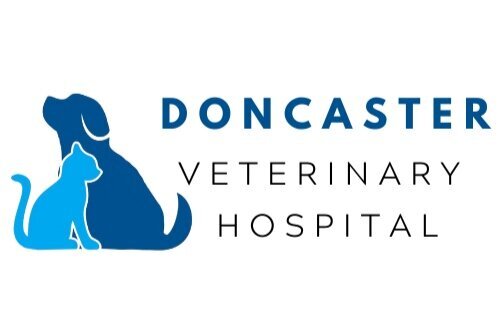What happens during a pet dental procedure?
Does your pet need a dental? Over time, almost every pet will develop some type of dental problem. Even when cats and dogs have a good diet and regular dental hygiene intervention, a build-up of tartar (hardened plaque) and gum disease (gingivitis) is likely. Left untreated, this can lead to painful teeth and gums, leaving your pet in discomfort. A pet dental procedure is an opportunity for the vet to perform the necessary dental treatment painlessly, leaving your pet with a healthier, cleaner mouth.
Here’s what you can expect from a pet dental procedure at Doncaster Veterinary Hospital.
Consultation
Before recommending a dental, your vet will take a brief look at your pet's mouth to assess the extent of the problems. If there is evidence of tartar build-up, an abscess, sore gums or some other issue, a pet dental is probably the most appropriate treatment.
Anaesthetic
Because pets don't enjoy handling their mouth, a pet dental is performed under general anaesthetic. We will never perform a dental without anaesthetic and don’t recommend them. With the pet anaesthetised, the vet will examine the mouth and confirm the badly decayed or damaged teeth that need extraction. Your vet will also check gum health and the tongue and oral cavity condition.
Extractions
Unlike human dental treatment, fillings, implants and bridges aren't an option for pets - if a tooth is badly decayed, loose or infected, it must be removed. Luckily cats and dogs have many teeth (cats have thirty, dogs have forty-two teeth). This means that even if a dozen or so teeth need to be taken out, your pet will still be able to eat their dinner!
Removal of tartar
The instruments a vet uses to remove plaque build-up are similar to those you'd find used in human dental surgery. A hi-tech, ultrasonic dental scaling instrument is used to remove tartar, leaving the teeth clean and plaque-free. As the animal is under anaesthetic, the vet can probe beneath the gum line to remove tartar and check for evidence of gum problems.
Clean and polish
The remaining teeth are carefully polished, ensuring a smooth, clean surface.
Post-dental treatment
Before your pet is woken up from the anaesthetic, they will also be given anti-inflammatory and pain relief injections (as well as antibiotics if there were signs of infection) to aid the healing process. Although your pet will feel a little dopey and sore immediately following the dental, most animals make a swift recovery and will be eating normally in a few days. Some owners report an improvement in appetite, as following a dental, it's easier for their pet to eat.
A regular dental hygiene routine and a healthy diet are the best ways to minimise the risk of dental problems. For more advice on pet dental hygiene or to book a dental for your pet, give the friendly, professional team at Doncaster Veterinary Hospital a call on 9842 5330.



